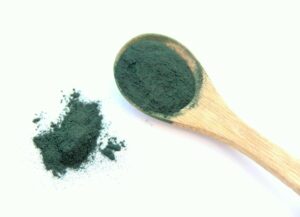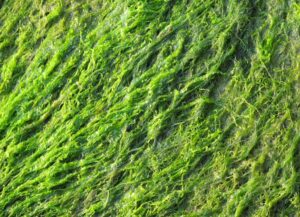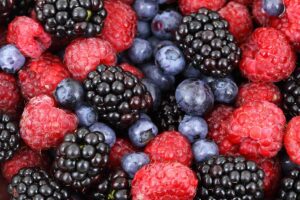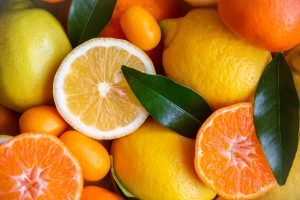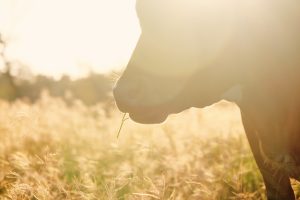María Villagrasa
Wine or beer lees, a co-product of the alcoholic beverage industry, can be used as alternative sources of protein in animal feed. In China, for example, the production of wine lees reaches one million tons and since rice or wheat is used for its production, its protein content is very high.
In their fresh state however these products are difficult to preserve or offer to animals given their low dry matter (DM) concentration, but thanks to a microbial pretreatment, it has been possible to increase the nutritional value of fermented wine lees which offers great potential as feed for livestock. This pretreatment can significantly increase their protein content, so it is believed that fermented lees would have an advantageous effect on dairy productivity compared to the unfermented ones.
To verify this hypothesis, a study was conducted at Zhejiang University (China; Yao et al., 2020), with the goal of determining the effect on milk performance and ruminal fermentation when adding a mixture of unfermented or fermented wine lees to the dairy cow diet.
Multiparous Holstein dairy cows (n = 15) were divided into three groups, and received three different diets of a total mixed ration (TMR; DM basis):
- 0% Wine lees (control)
- 5% Unfermented lees
- 0% Fermented lees
The lees replaced soybean meal in the diets. All rations were isonitrogenous and isocaloric with a forage/concentrate ratio of 60:40 (DM basis). Tables 1 and 2 show the nutritional composition of feeds and diets, respectively.

As shown in Table 1 the main differences between soybean meal and the lees was found in protein concentration so that in soybean meal their percentage were almost double with 44.3%, compared to the unfermented lees at 26.3%, and with the fermented lees at 31.3%.
The fat content in soybean meal was much lower at 1.29% than in the lees (unfermented 2.40%, fermented 2.80%). The same was true for the NDF (soybean meal 14.3%, unfermented lees 36.4%, fermented lees 41.1%, and for the ADF 10.4%, 15.6%, and 19.0%, respectively).
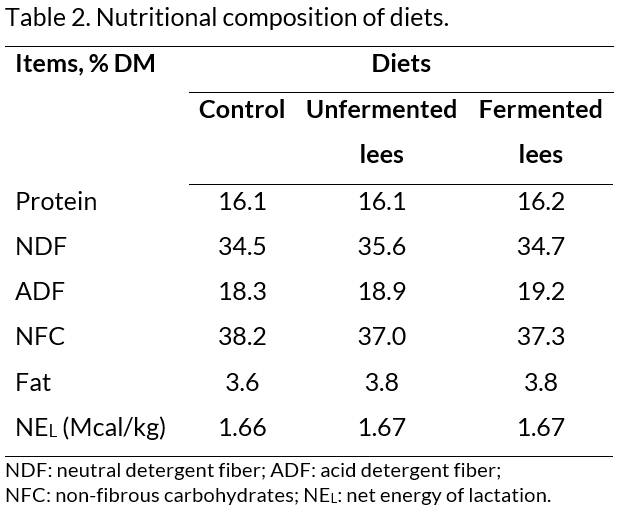
Dry matter intake was lower in unfermented lees-fed cows (18.1 kg/day) compared to those receiving fermented lees (19.5 kg/day), and those in the control group (19.4 kg/day). The increased DM intake of fermented lees-fed cows may have been due to the increased palatability of this ingredient and its increased degradability in the rumen.
Cows fed unfermented lees produced less milk
The unfermented lees-fed group produced less milk than the other two groups at 23.2 kg/day, with 24.3 kg/day for fermented lees, and 24.5 kg/day for the control. The same was true for milk protein with 814 g/day for the unfermented lees, 855 g/day for the fermented lees, and 846 g/day for the control. Energy-corrected milk was 27.3 kg/d for the unfermented lees, 28.6 kg/day for the fermented lees, and 29.2 kg/day for the control. This increase in milk production may have been due to the increased DM intake of cows in the control and fermented lees groups.
As far as protein is concerned, there was a significant relationship between the protein consumed and the production of milk protein. A higher concentration of NFC in the diet is known to improve ruminal protein synthesis and production performance. In this study, the higher concentration of NFC in the control diet was able to contribute to increased protein production and performance in these cows.
The fermented lees produced more peptides which could also contribute to the increased ruminal protein synthesis in that group. On the other hand, higher dry matter intake in both the cows in the control group and in the fermented lees group indicated that there was a higher supply of nitrogen and energy in the rumen, which could help increase the production of ruminal protein.
There were no differences between diets on milk fat (4.40%) and protein (3.49%) concentration in milk. Milk urea nitrogen (11.8 mg/dL) and somatic cell counts (an indicator of udder health status) were also not affected by diet composition.
Ruminal fermentation parameters
No differences were observed between ruminal pH (6.27) or ammonia (11.3 mg/dL) between diets. The concentration of total volatile fatty acids was higher in the control (132 mM) and fermented lees (127 mM) groups than in the cows receiving unfermented lees (121 mM).
The molar ratio of acetate was also lower in the unfermented lees diet, while the butyrate ratio was higher in that group than in the other two. The higher values of total volatile fatty acids and the molar proportion of acetate in cows fed fermented compared to unfermented lees also contributed to the improvement in their performance.
Nitrogen intake and urinary excretion were lower in the unfermented lees-fed group than in the other two, with no differences observed between the control and the fermented lees diets. The concentration of urea nitrogen in blood was lower in the unfermented lees diet than in the other two diets, with no differences between the last two groups (4.95 vs. 5.48 mmol).
Conclusion
Dry matter intake and yields of milk, milk protein, and energy-corrected milk were higher in cows fed the control and fermented lees diets than those fed the unfermented lees. Therefore, these results indicate that wine fermented products can be used as an alternative protein source in diets for cows in lactation without having negative effects on productive performance.
Reference
K.Y. Yao, Z.H. Wei, Y.Y. Xie, D.M. Wang, H.Y. Liu, D. Fang, M.R. Ma, J.X. Liu. Lactation performance and nitrogen utilization of dairy cows on diets including unfermented or fermented yellow wine lees mix. Livestock Science 236 (2020): 104025.
© 2020 Dairy Knowledge Center. All Rights Reserved.



